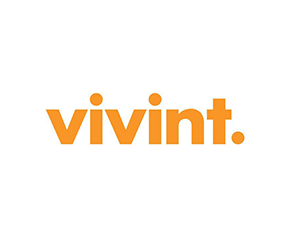What is a Motion Graphics Designer?
A Motion Graphics Designer is a creative professional who specializes in combining graphic design and animation to create visually engaging and dynamic multimedia content. These designers use various elements such as text, images, and illustrations to convey information or tell a story through animated sequences. Motion graphics are commonly employed in videos, presentations, advertisements, and digital media, adding a dynamic and captivating dimension to static visuals.
How do you become a Motion Graphics Designer?
- Acquire Graphic Design and Animation Education: Pursue formal education or courses in graphic design and animation to build a strong foundation in the principles of visual design and motion.
- Master Motion Graphics Software: Develop proficiency in industry-standard motion graphics software such as Adobe After Effects, Cinema 4D, or Blender, gaining expertise in animation techniques and effects.
- Build a Motion Graphics Portfolio: Create a portfolio showcasing a variety of motion graphics projects, including examples of animations, transitions, and visual effects that highlight your creativity and technical skills.
- Stay Updated on Industry Trends: Keep abreast of the latest trends and techniques in motion graphics by exploring online tutorials, participating in forums, and studying the work of other motion graphics professionals.
- Gain Practical Experience: Apply your skills through practical experience, whether through internships, freelance projects, or personal initiatives, to build a robust understanding of motion graphics in real-world scenarios.
Skills needed to be a Motion Graphics Designer:
- Animation Techniques: Mastery of animation principles, including timing, spacing, and easing, to create smooth and visually appealing motion graphics.
- Graphic Design Proficiency: Strong graphic design skills, including layout, typography, and color theory, to create visually appealing and cohesive designs within motion graphics.
- Motion Graphics Software Mastery: Proficiency in using motion graphics software tools to create animations, transitions, and visual effects seamlessly.
- Storytelling: Ability to convey a narrative or message through motion graphics, employing storytelling techniques to engage and captivate the audience.
- Visual Effects: Skill in incorporating visual effects and dynamic elements into motion graphics, enhancing the overall impact of the design.
- Understanding of Composition: Knowledge of composition principles to arrange elements within the frame effectively, ensuring a balanced and visually pleasing presentation.
- Sound Design Awareness: Awareness of sound design principles and the ability to synchronize motion graphics with audio elements for a more immersive experience.
- Collaboration: Effective collaboration skills to work with other designers, video editors, and clients, ensuring the motion graphics align with the overall project goals.
- Time Management: Efficient time management skills to meet tight deadlines, especially in projects with time-sensitive deliverables.
- Adaptability: Ability to adapt to different styles, themes, and project requirements, demonstrating versatility in creating motion graphics for various industries and purposes.







